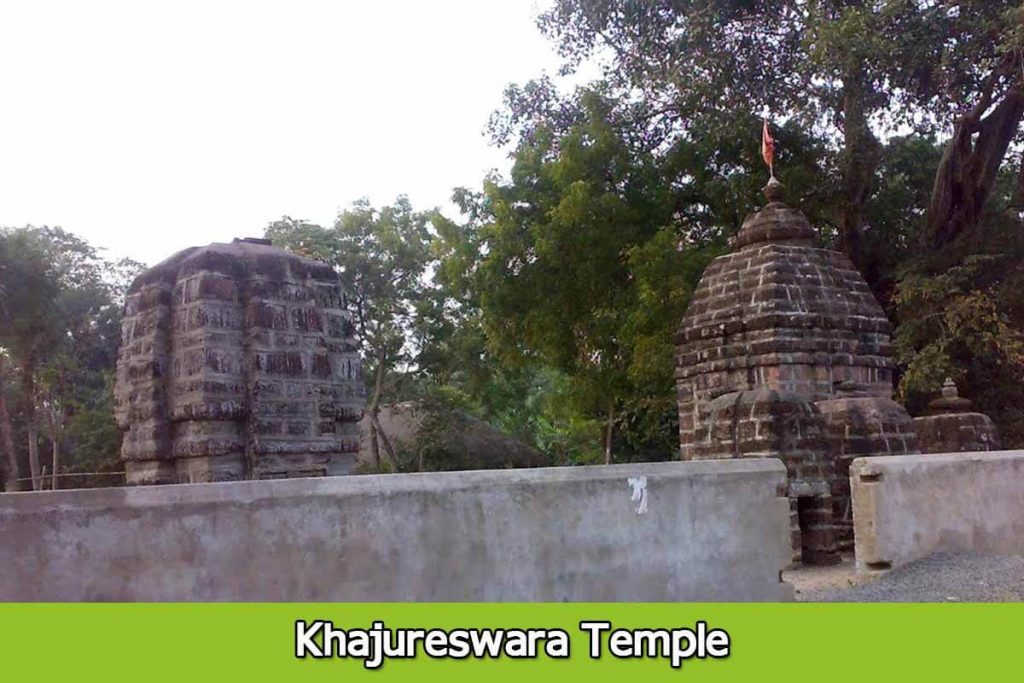The Khajureshwar temples in Odisha are some of the Shaiva-Shakta temples within a fence. It is located in the village of Sergarh in Baleshwar district. The temple was built between the 9th and 10th centuries. The largest of these temples was Khajureshwar. It has been destroyed. The idols were later erected and relocated. The deities in these temples are Shiva, Mahishamardini Durga, Ganesha, Vaishnavi and Purushottam. The temples are built in the style of Kalinga architecture. The unbroken walls were built in the style of khakars in the 9th century and in the style of only one bank line. The new bank is built in the old style. It also contains statues of the Somavanshi regime, engraved in the 10th-11th centuries. The statues are made of laterite or monkey stone.
The temple is located in the middle of Khajursahi in the middle of Khajursahi under Sergarh in Baleshwar district. The largest and most important Khajureshwar temple was destroyed. In addition to Shiva in the temple fence, there is the Mahishamardini Durga, Ganesha, Vaishnavi (inside the Durga Deul) and a Purushottam idol under a small roof. It also has statues of the Somavanshi dynasty carved in the 10th-11th centuries, and is still worshiped. The walls of the fort were built in the style of the 9th century and the Khakars, and in the style of a line. The palaces, built of laterite or monkey stone, were known as one of the major architectures of the then Baleshwar region. On the wall of the house of Shasadhar Senapati, which is attached to the temple, there is a statue of a Buddhist Amahavaya Tara built in the 10th century. Archaeologist Devala Mitra’s epigraphic book Indica describes the structure of the temple. A new cement temple was built after the original temple collapsed. The 8th century Khakar temple is an intact temple within the temple complex. One of the main festivals celebrated in this temple is the Jagar Yatra. On this day, a fair is held in the front yard of the bank. The fair includes travel and shop markets.


